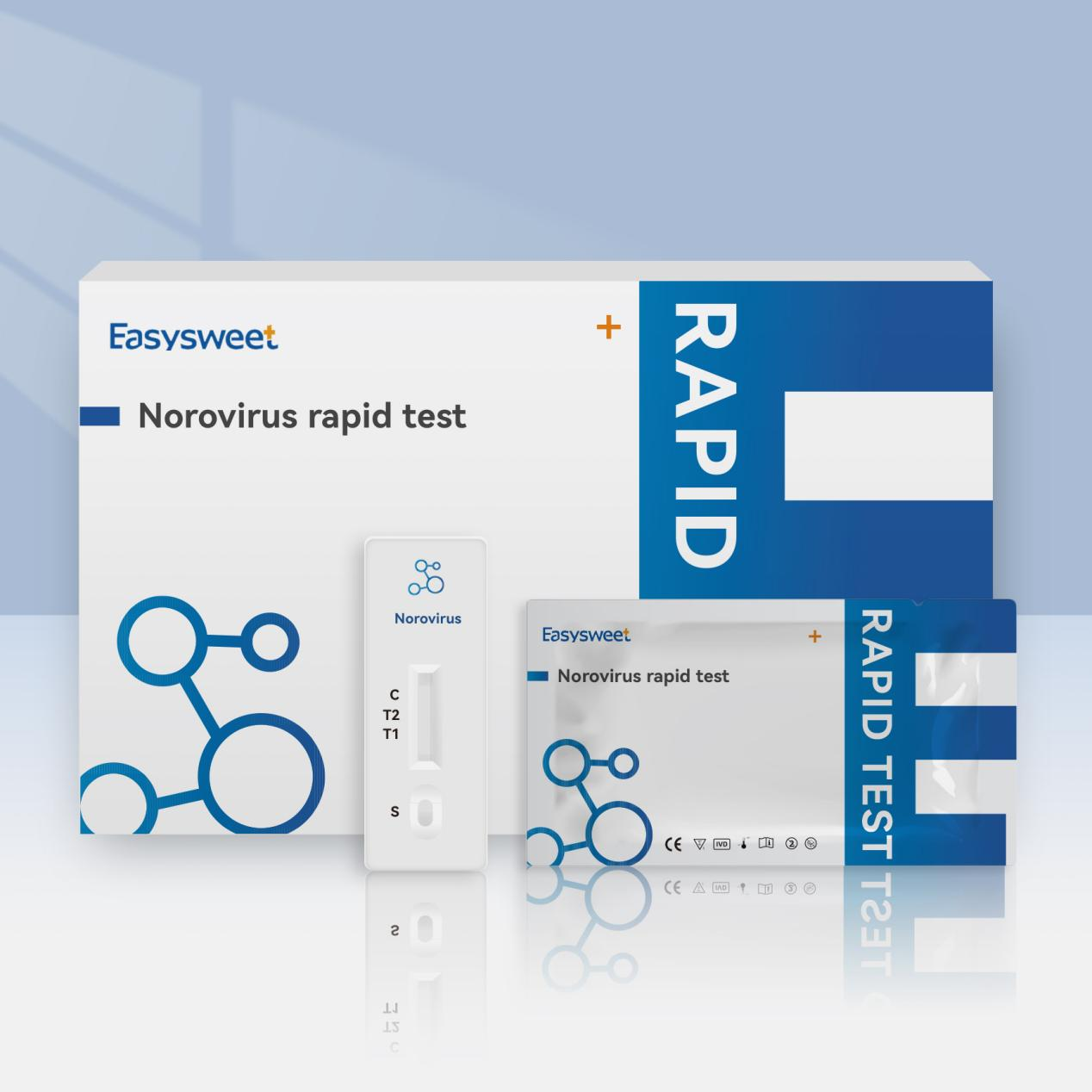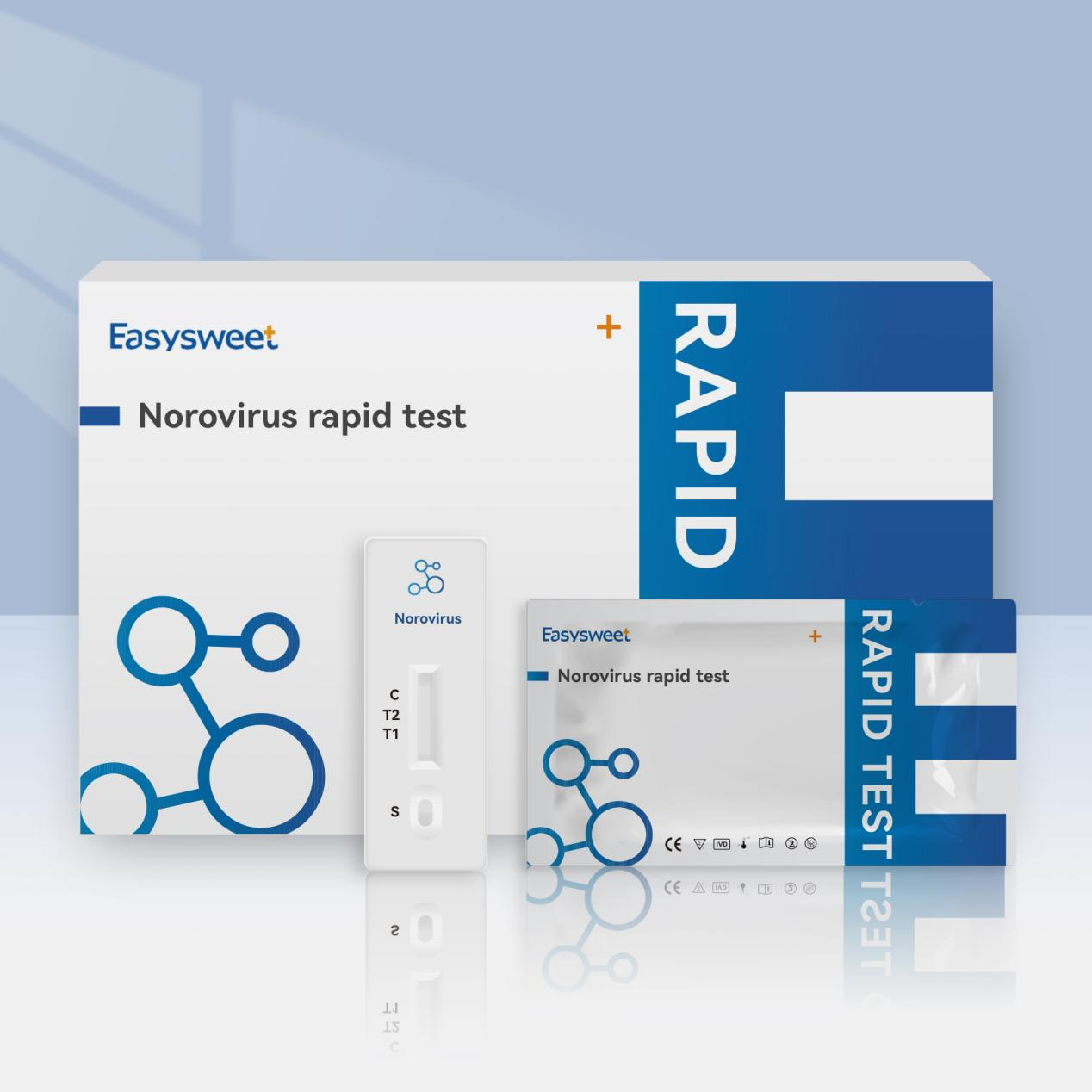Norovirus is a highly contagious virus that causes stomach and intestinal inflammation, leading to symptoms such as vomiting and diarrhea. It is estimated that norovirus is responsible for approximately 90% of all foodborne outbreaks of gastroenteritis in the United States.

To diagnose norovirus, there are several methods available, including traditional laboratory testing, Easysweet Norovirus rapid test. Rapid testing refers to the use of a simple and fast test that can be performed outside of the laboratory, providing results in a matter of minutes. Point-of-care testing refers to the use of a portable testing device that can be used at the bedside or in the field, and that provides results in a matter of minutes or hours.
Easysweet Norovirus rapid test are typically based on the detection of norovirus antigens, or proteins, in the patient's stool or vomit. Some tests also utilize reverse transcriptase polymerase chain reaction (RT-PCR) to detect the presence of norovirus RNA in the sample.
One of the main benefits of rapid norovirus testing is that it can provide quick and accurate results, which can help with early diagnosis and treatment. This can be particularly important in the case of norovirus outbreaks, where quick identification and isolation of infected individuals is critical in preventing further spread of the virus.
In terms of accuracy, there are varying opinions on the performance of rapid norovirus tests. Some studies have reported high levels of sensitivity and specificity, while others have found lower levels of accuracy. Factors that can impact the accuracy of rapid norovirus tests include the type of test being used, the quality of the sample, and the experience and training of the person conducting the test.
In conclusion, Easysweet Norovirus rapid test can be an effective tool for the early diagnosis and management of norovirus infections. However, the accuracy of rapid tests may vary, and it is important to consider the specific test being used and the individual conducting the test when evaluating the results. As with any diagnostic test, it is important to also consider the clinical presentation of the patient and other relevant factors in the diagnosis of norovirus infection.


